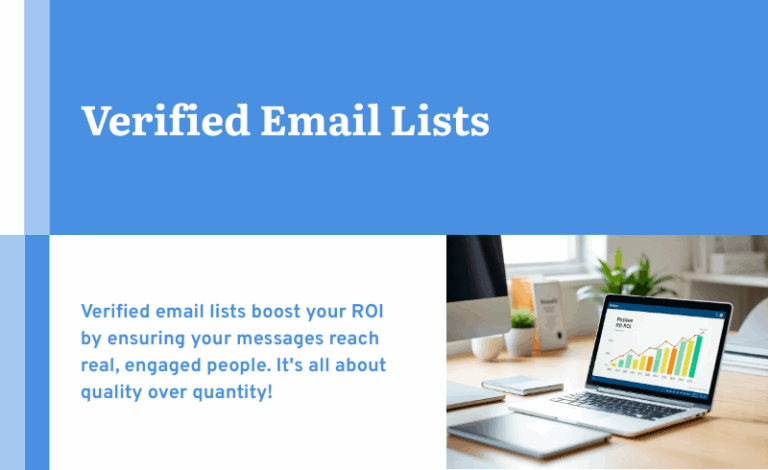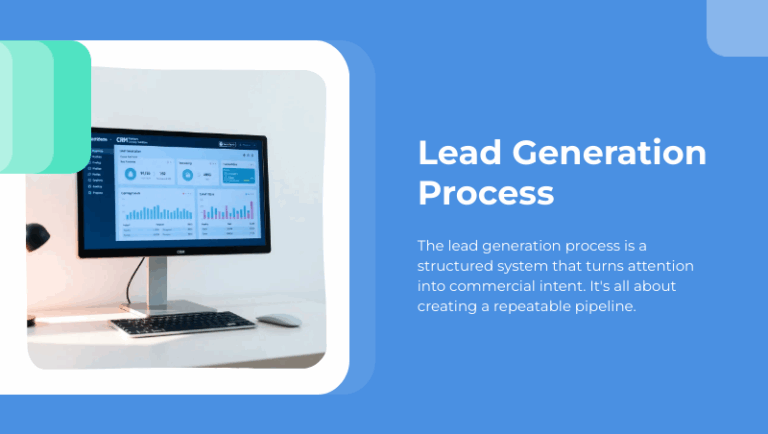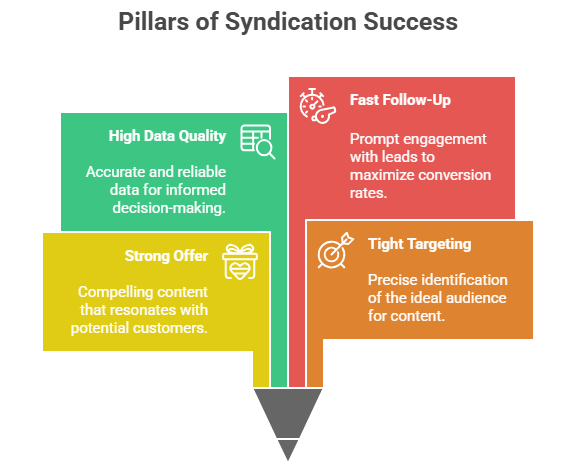
Just as an engine is more than a collection of parts, a database is more than just a collection of facts. It’s how those parts are organized and how they interrelate that make an engine run; similarly, data only drives your marketing strategy when it’s properly organized and managed. Relational databases bring together diverse sets of data and show you how they interact with one another.
Let’s take a closer look at database marketing information and get a glimpse of what’s going on under the hood. By seeing how information interacts with other data, it’s possible to see trends and relationships that wouldn’t be visible otherwise.
Just the Facts
Types of data that might go into a relational database include:
Company-level account information – The company name, size, industry, official website URL, and geographic location are types of information that belong to this data set. Firmographic data here can be as broad or as detailed as marketers need it to be.
Individual contact information – Along with company-level data, your marketing database needs specific information about your contacts within the firm. This data set includes names, postal addresses, email addresses, phone numbers, social media profiles, preferences, individual demographic data, and other relevant information about your leads.
Transaction information – Purchasing histories, including dates, quantities, prices, products purchased, upgrades, and warranty information, go into this category.
Financial information – Closely associated with purchasing records, financial data includes data about invoices, amounts collected, billing dates, and amounts due.
Campaign information – While other records involve data on your customers, your campaign data set contains information on cost breakdowns, channels used, campaign
duration, response rates, cost per response, revenue goals, performance metrics, and campaign scope.
Email activity – Often a subset of campaign information, email activity includes send dates, bounce rates, open and click-throughs, autoresponse information, and nurture program details.
Web activity – Site traffic metrics, including IP addresses of visitors, referral sites, bounce rates, time on page, pages viewed, and search terms used belong to this data set.
Putting It Together
A relational database takes these individual sets of information and cross-references them with each other to derive valuable insights about how your leads interact with you. For example, you can look at response rates at a company-wide level or at a more granular, individual level. Compare how new customers respond to an email campaign against how long-term customers relate to it.
Marketers can also drill deeper into account information to track the decision-making process as it happens by cross-referencing individual contact information with firmographic data to measure saturation. Pull in financials and transactional records related to that account, and you can forecast sales activity with a high degree of accuracy. You’re also able to deliver better customer service because you know which upgrades and renewals your customers are likely to need. Cross-reference contact information with campaign details or web activity, and you get a clear picture of how your leads respond in real-time.
Data can even act as a template for expanding your market. By analyzing the account information of those who are most responsive to your campaigns and nurture programs, you’re able to spot what these customers have in common so you can find more like them.
© Reach Marketing LLC 2016 All Rights Reserved.



